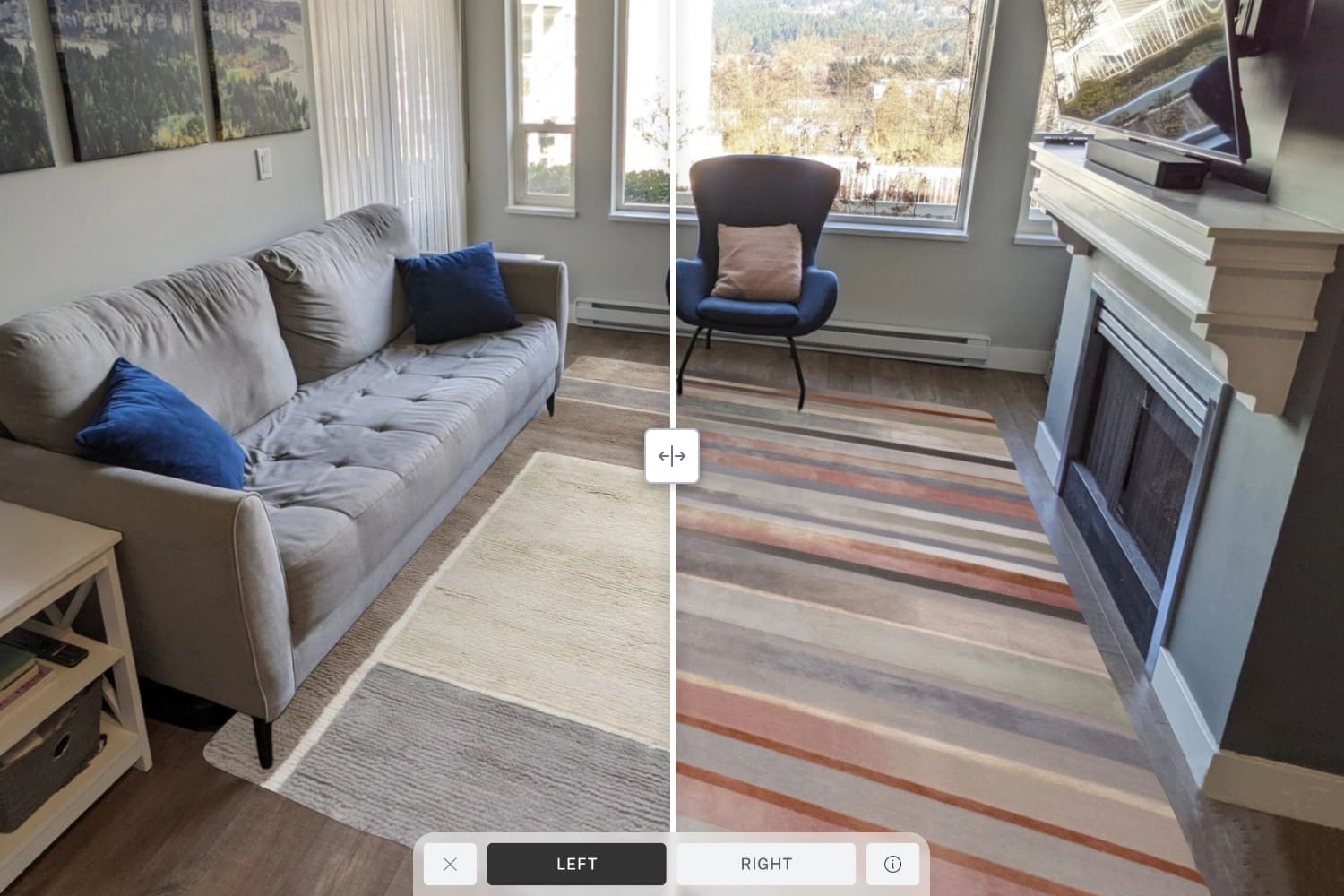Augmented reality (AR) technology was a hot topic at Apple’s annual developer conference last month, as the tech giant unveiled its new Vision Pro AR headset. It’s essentially a computer for your face, with tracking for your eyes and two small displays projected just in front of them. But the cost? An eye-watering USD$3,499.
Luckily, you don’t need to blow your savings to enjoy the benefits of AR. A smartphone or desktop computer are all that’s needed. That accessibility has helped fuel the recent explosion of AR in retail, opening up new opportunities for shoppers and businesses alike.
Understanding AR
Before we dive deeper, let’s answer a fundamental question: What is AR?
In the simplest terms, AR is a technology that overlays digital information — such as images, sounds, or 3D models — onto the real world.
Unlike virtual reality (VR), which creates a fully simulated environment, AR enhances our perception of reality by blending the physical and digital realms. The result is an enriched, interactive, and immersive experience that goes beyond the confines of a screen.
Believe it or not, the concept of AR has been around for decades. Boeing scientist Tom Caudell coined the term in 1990 to describe technology he developed to help assemble wiring on an aircraft.
Fast forward a few years, and the real turning point for AR came with the rise in smartphone technology. These devices, equipped with cameras and sensors, put the perfect platform for AR technology in almost everyone’s pocket.
What started as a futuristic concept has rapidly matured into a technology with vast potential, transforming sectors like retail.
Transforming the shopping experience
AR technology helps improve the shopping experience from start to finish. As a result, 61% of shoppers now prefer to shop with retailers that offer AR experiences.
Research published in the Journal of Marketing highlights four broad use cases for AR technology in retail: entertainment, education, evaluating product fit, and enhancing the post-purchase experience.
Entertainment
It can be difficult to stand out among similar products, so 19 Crimes Wine harnessed AR for their “Living Wine Labels” campaign to make their bottles jump off the shelves. After pointing their smartphone camera at the label, shoppers can see the tales of Snoop Dogg and other famous rogues brought to life.
Education
Apparel retailers like Nike use AR in their physical stores to give customers additional information about their products, including how and where they were made. These innovative experiences help buyers make more informed purchase decisions by understanding where their items come from.
Evaluating product fit
AR helps shoppers “try before they buy,” so they can be sure the product is right for them.
In the home decor industry, AR room visualization enables homeowners to see how flooring, rugs, countertops, paint and more would look in their rooms before they actually purchase. After uploading a picture of their room to the visualizer, shoppers can swipe through the retailer’s products to see which looks best. The Roomvo visualizer works inside and outside the store, offering immersive experiences on retailer websites or on touchscreen terminals in-store.
Post-purchase experience
British grocery chain Tesco launched the “Big Night In” game to continue the brand experience at home. While in-store, shoppers scan physical products to gain access to a family quiz to play later, extending their engagement time with products and building brand loyalty.
How AR is reshaping home decor
AR has become a game-changer across the home decor industry, turning shopping into an interactive experience and paving the way for a more consumer-focused approach. From flooring to rugs, wallpaper, countertops, paint and more, AR empowers retailers and manufacturers to increase sales and deliver better outcomes.
Take Floor-It Nebraska, a mobile flooring retailer that takes samples direct to the customer’s door for an on-the-spot quote. The size of the mobile showroom limits how many samples the retailer can bring with them, but sales representatives can pull up the Roomvo visualizer on an iPad to show customers how their entire product catalogue would look in their homes.
AR has been just as transformative at the enterprise level. Major U.S. flooring retailer LL Flooring, formerly known as Lumber Liquidators, launched the Roomvo visualizer online and in-store. After seeing how new flooring would look in their homes, customers feel more confident about their purchase decisions. As a result, LL Flooring has seen a 3.7x increase in conversions since launching Roomvo.
AR room visualization is helping customers feel more confident about choosing paint too. Consider the case of Colour Spark, which recently launched Roomvo’s new and improved paint visualizer on their website. Shoppers can now try different colours before they buy, experimenting with different shades, different sheens, and even accent walls.
Room visualization increases sales and engagement by offering vivid, realistic digital experiences that let retailers stand out in crowded markets. As technologies like room visualization continue to advance, we can expect the line between the digital and physical retail space to blur even further. AR is no longer just an added feature for businesses; it’s quickly becoming a fundamental part of how they operate.
Written by:
-

Joseph Slade is an accomplished copywriter and content marketing writer with a focus on the business and information technology sectors. With over 15 years of experience in project management, creative problem solving, and business development, he specializes in crafting content that resonates with target audiences for B2B companies.






